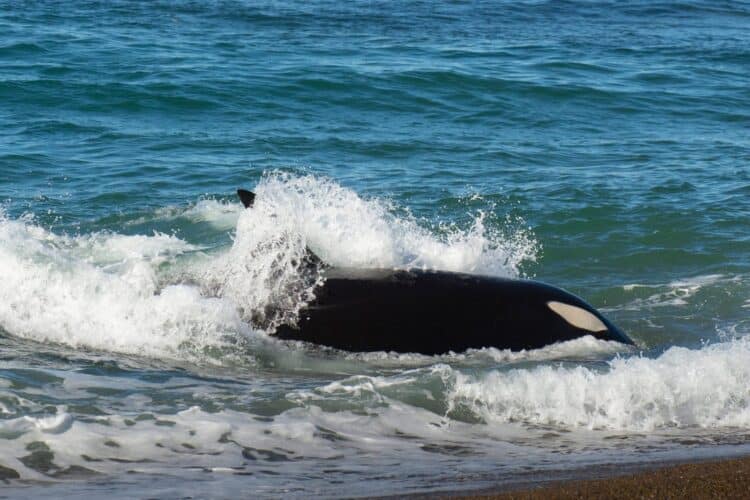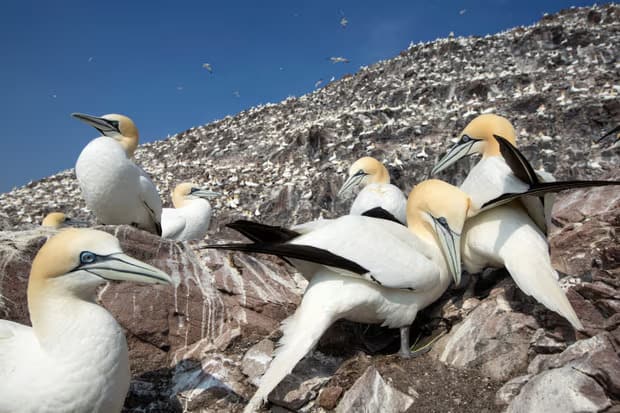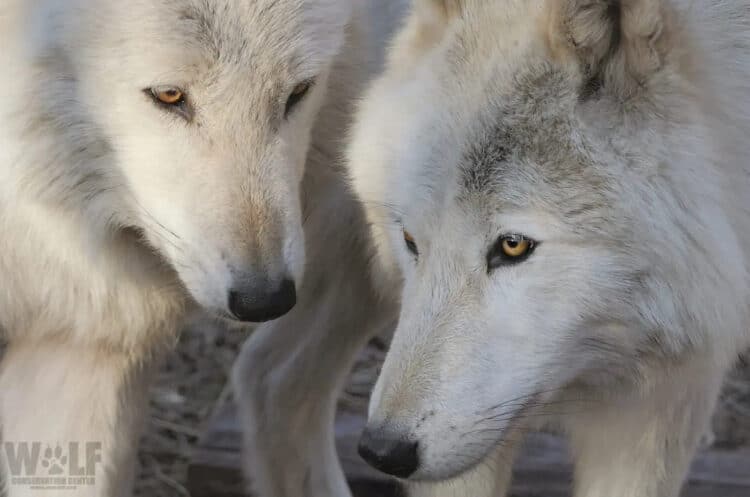With the king tides in Oregon this month, we are getting a preview of the rising sea levels that climate change will bring to the Oregon Coast. These extremely high tides – which are 2 to 4 feet higher than normal – currently only occur a couple times a year when the moon is closest to the earth.
With the threat of upwards of 6 feet of sea-level rise by 2050, these high tides will become a daily occurrence along Oregon’s coast, exacerbating flooding in communities and inundating important coastal ecosystems in which people and wildlife, rely.
These same ecosystems that face threats from climate change can also play a critical part of the climate solution. Coastal wetlands, in particular, provide important natural flood buffers for coastal communities and critical habitats for birds and other wildlife threatened by climate change.
In addition, these ecosystems play an important role in reducing the carbon pollution that is causing climate change. Wetlands and seagrasses act as a “carbon sink,” storing carbon in their roots and soils. By one scientific estimate, an acre of seagrass can sequester 740 pounds of carbon per year,about the same amount emitted by a car traveling 3,860 miles.
Research suggests that eelgrass’s carbon sequestration also moderates the effects of ocean acidification, which can inhibit the ability of shell formation in some marine life. Oregon has been ground zero for ocean acidification with costly impacts. A study published just weeks ago found that Dungeness crab larvae off Oregon and Washington are suffering shell damage directly related to ocean acidification impacts. Dungeness crab is the most lucrative fishery in Oregon.
Preserving natural means of capturing carbon is the most cost-effective way to meet 37% of the emissions reduction goals necessary to keep the Earth from warming any more than 1.5°C. The National Audubon Society’s recent report,Survival by Degrees: 389 Bird Species on the Brink, found that limiting climate change to this level is necessary to give 76% of bird species in North America a significantly improved chance of survival.
Preserving and protecting wetlands and other ecosystems that these birds call home will be critical to ensuring their survival in the face of rising sea levels and a warming ocean. These ecosystems are already disappearing at an alarming rate—a recent study shows that 74% of tidal wetlands have been lost in the Columbia River estuary alone.
This loss is one that affects the people who live on the coast, as well as the birds who rely on a healthy ecosystem, including many migratory birds like the Black Brant, Brown Pelican, and Long-billed Curlew which are included in the Oregon Department of Fish and Wildlife’s Nearshore Strategy as species of greatest conservation need.
Recognizing the important roles these ecosystems serve, Representative Suzanne Bonamici has introduced the Blue Carbon for Our Planet Actin Congress.“Blue Carbon” is a term for carbon captured by the world’s ocean and coastal ecosystems. This Act would set a pathway to strengthen blue carbon research and support the conservation and restoration of coastal wetlands including here in Oregon. It would also help the U.S. advance important goals for protecting 30% of coastal habitats by 2030, which is needed to avoid the worst threats of climate change and protect the rich diversity of wildlife and habitats on our coasts.
Portland Audubon thanks Rep. Bonamici for introducing legislation aimed to better protect coastal areas across the country. We would like to encourage Reps. Walden, Blumenauer, DeFazio, and Schrader to co-sponsor this bill, and we call on Sens. Wyden and Merkley to introduce and champion a companion bill in the Senate. This legislation will help states like Oregon advance natural climate solutions and bolster existing state wide efforts including Oregon’s Ocean Acidification and Hypoxia Action Plan. This legislation has the potential to help reduce carbon pollution, protect coastal communities and economies, and preserve important ecosystems for bird and other wildlife.
This article was first published by Audubon on 24 February 2020.
What you can do
Support ‘Fighting for Wildlife’ by donating as little as $1 – It only takes a minute. Thank you.







Leave a Reply